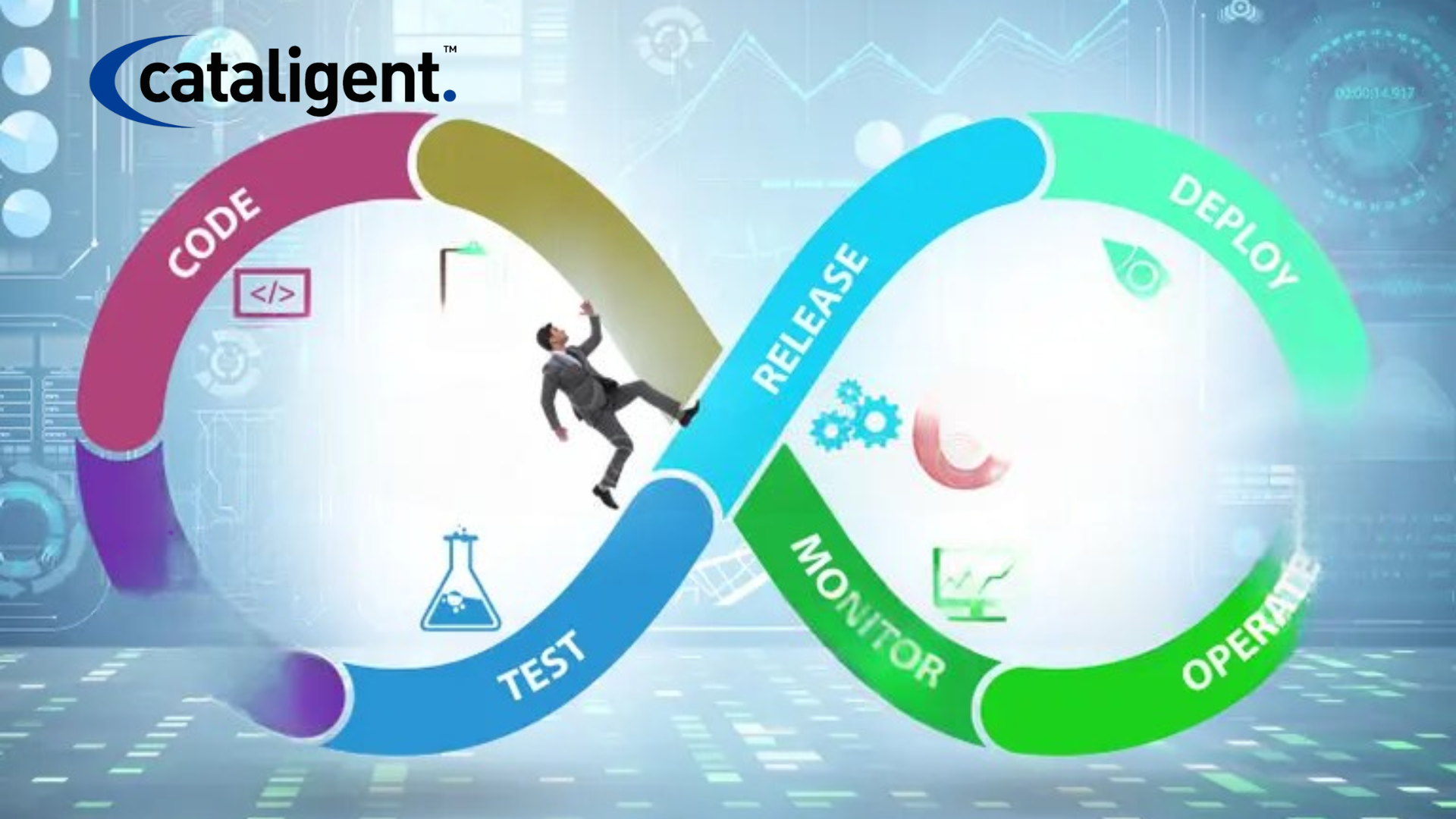Developing apps of exceptional quality at rapid pace is becoming a need rather than an amenity in the frantic software development environment of nowadays. This is where Continuous Integration/Continuous Deployment (CI/CD), a cornerstone of DevOps, steps in. CI/CD empowers development teams to automate and streamline their software delivery process, resulting in faster release cycles, reduced risks, and improved product quality. This blog post will delve into the intricacies of CI/CD, exploring its benefits, components, implementation strategies, and best practices.
What is CI/CD?
Continuous Integration (CI) is a development practice where developers regularly merge their code changes into a central repository, 1 ideally multiple times a day. Each merge triggers an automated build and test sequence, verifying the changes and detecting integration issues early. The goal of CI is to prevent integration problems, often referred to as “integration hell,” by identifying and resolving conflicts as soon as they arise.
Continuous Deployment (CD) builds upon CI by automating the release process. Changes that pass the automated tests are automatically deployed to various environments, including staging and production. CD aims to minimize human intervention in the deployment process, making releases faster, more frequent, and less prone to errors. Sometimes, the term Continuous Delivery is used, which means that the code can be deployed at any time, but it may require manual approval. CD is the fully automated version.
CI and CD are often combined into a single pipeline, known as the CI/CD pipeline, which automates the entire software delivery lifecycle, from code commit to production deployment.
What Are The Benefits of CI/CD
Implementing CI/CD offers a multitude of benefits for development teams and organizations:
- Faster Time to Market: Automation accelerates the release cycle, enabling organizations to deliver new features and updates to users more quickly.
- Reduced Risk: Automated testing and frequent integration minimize the risk of introducing bugs and integration issues.
- Improved Quality: Continuous feedback and automated testing help identify and resolve defects early, leading to higher quality software.
- Increased Efficiency: Automation eliminates manual tasks, freeing up developers to focus on more strategic work.
- Enhanced Collaboration: CI/CD fosters collaboration between development, operations, and testing teams.
- Greater Reliability: Automated deployments reduce the risk of human error, leading to more reliable releases.
- Faster Feedback Loops: CI/CD provides rapid feedback on code changes, allowing developers to quickly identify and address issues.
- Improved Customer Satisfaction: Faster releases and higher quality translate to happier customers.
- Reduced Costs: Automation reduces manual effort and minimizes the cost of fixing bugs and integration issues.
Key Components of a CI/CD Pipeline
A typical CI/CD pipeline consists of several stages:
- Code: The initial stage where developers write and commit code to a version control system like Git.
- Build: This stage compiles the code and creates executable artifacts, such as binaries or containers.
- Test: Automated tests are executed to verify the code’s functionality and identify any defects. This can include unit tests, integration tests, end-to-end tests, and performance tests.
- Release: The built artifacts are packaged and prepared for deployment.
- Deploy: The release is deployed to various environments, such as development, staging, and production.
- Monitor: The deployed application is monitored for performance and stability. Continuous Monitoring is crucial for identifying issues in production.
Implementing CI/CD: Best Practices
Successful CI/CD implementation requires careful planning and execution. Here are some best practices to consider:
- Version Control: Use a robust version control system like Git to track code changes.
- Automated Testing: Implement a comprehensive suite of automated tests to ensure code quality.
- Build Automation: Automate the build process using tools like Jenkins, GitLab CI, or CircleCI.
- Continuous Integration: Integrate code changes frequently and automatically trigger builds and tests.
- Continuous Deployment: Automate the release and deployment process to minimize manual intervention.
- Infrastructure as Code (IaC): Manage and provision infrastructure using code to ensure consistency and repeatability.
- Containerization: Use container technologies like Docker to package applications and their dependencies for consistent deployment across environments.
- Microservices Architecture: Break down applications into smaller, independent services to facilitate independent deployments.
- Monitoring and Logging: Implement robust monitoring and logging to track application performance and identify issues.
- Feedback Loops: Establish clear feedback loops between development, operations, and testing teams.
- Security Integration: Incorporate security checks throughout the CI/CD pipeline to ensure application security. This is often referred to as DevSecOps.
CI/CD Tools
A wide range of tools are available to support CI/CD implementation:
- Version Control: Git, GitLab, Bitbucket
- CI/CD Platforms: Jenkins, GitLab CI, CircleCI, GitHub Actions, Azure DevOps, AWS CodePipeline
- Build Tools: Maven, Gradle, npm, yarn
- Testing Frameworks: JUnit, pytest, Selenium, Cypress
- Containerization: Docker, Kubernetes
- Infrastructure as Code: Terraform, Ansible, CloudFormation
- Monitoring Tools: Prometheus, Grafana, Datadog, New Relic
Challenges and Considerations
Implementing CI/CD can present some challenges:
- Resistance to Change: Teams may be resistant to adopting new processes and tools.
- Complex Systems: Integrating CI/CD into complex legacy systems can be challenging.
- Testing Complexity: Developing and maintaining a comprehensive suite of automated tests can be time-consuming.
- Security Concerns: Ensuring application security throughout the CI/CD pipeline is crucial.
Conclusion
CI/CD is a powerful methodology that enables organizations to deliver high-quality software faster and more reliably. By automating the software delivery process, CI/CD empowers development teams to focus on innovation and deliver value to customers more quickly. While implementing CI/CD requires careful planning and execution, the benefits are significant, making it an essential practice for any organization looking to thrive in today’s competitive software landscape. By embracing DevOps principles and adopting CI/CD best practices, companies can unlock new levels of agility, efficiency, and customer satisfaction. The journey to continuous improvement is ongoing, and CI/CD provides the framework for achieving that goal.

